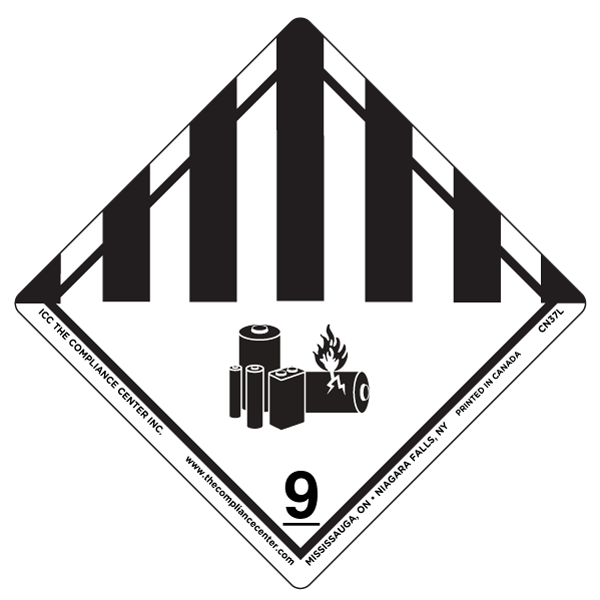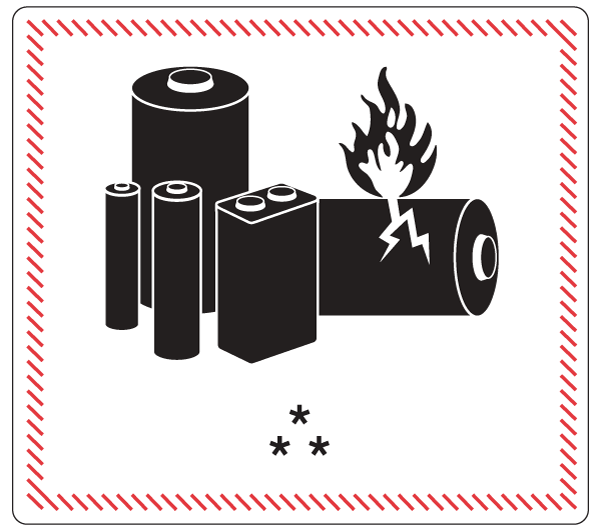At the start of each new year lots of things are said about changes to make in order for the next year to be better. Many make resolutions about losing weight or getting healthy. Others decide to be nicer to people, spend more time with family or volunteer. It doesn’t mean the previous year was bad, but things can always get better. Let’s look at this from a regulatory compliance point of view, and see if things will be better in 2019.
Changes to Regulations:
Starting January 1, 2019 there is a new version of the IATA Dangerous Goods Regulations. You must now be using the 60th edition. Luckily, IATA does a great job of giving advanced notice about what is changing late in 2018 so people can start to prepare before the new version takes effect. You can see the list of “significant” changes here. The IMDG Code was also updated for 2019. The new version is the 39-18 Amendment. You are allowed to use the 39-18 starting in January 2019, but the older 38-16 version is still viable for the rest of this year. Again, a summary of the changes for that regulation was published as well. You can find them here. The US ground regulations of 49 CFR had a few amendments throughout 2018, and there is a large one looming for 2019. To stay up-to-date on recent rulemakings, check out the PHMSA site found here.
Changes to Lithium Batteries:
Two big changes occurred for lithium batteries recently, and are now mandatory in 2019. Those are the new Class 9 hazard class label specifically for batteries, and the new handling mark. The 2-year transition period is done. Be aware, if you are still using the old “handling label” you are out of compliance with all transport regulations. Also note, the wording in all transport regulations say the UN number “should” be 12 mm high on the new mark. By using the word “SHOULD” in the regulations that height is meant as a recommendation, and NOT a requirement.
Changes to ICC Training for 2019:
Each regulation has a training requirement to it. We work hard at ICC to make sure any training materials we use are compliant with the regulations. We provide printed course material, additional handouts, and multiple practice problems in each of our courses. As a US trainer, I was able to work with over 40 companies in 2018 keeping them compliant. Our Canadian trainers worked with almost triple that amount. Many more companies are able to meet the regulatory training requirements by taking our prerecorded online webinars.
In an effort to reach even more people ICC has created a few new courses. One centers on shipping materials under the small, excepted, de minimis, and limited quantity exceptions found in the 49 CFR, and IATA. Another is dedicated to creating compliant shipping and workplace labels under the OSHA Hazcom 2012 standard. This is great for those companies dealing with multiple suppliers’ materials being kept at their work site. A new RCRA course will be coming soon. We still offer our standard air, ground, and sea training courses. Did you know we also have specialized courses for lithium batteries, biological substances, dry ice, radioactive plus classification under OSHA Hazcom 2012, and WHMIS 2015? A full schedule of upcoming public courses is on our website. Go to https://www.thecompliancecenter.com/training-courses/ to see if one sparks your interest or fits your needs. However, if you desire to have one of ICC’s trainers come to your site or do a live webinar with your team, we can do that, too.
Overall, these changes will make 2019 a better year. Anytime people are better informed and safer, the better life is for everyone. Give ICC a call today so we can help provide you with new copies of the regulations, the new battery marks and labels or even to get you started with training. A complete line of UN specification packaging and printing capabilities is also available. We have everything you need to comply with dangerous goods and workplace safety regulations all under one roof.








 ICC USA
ICC USA ICC Canada
ICC Canada